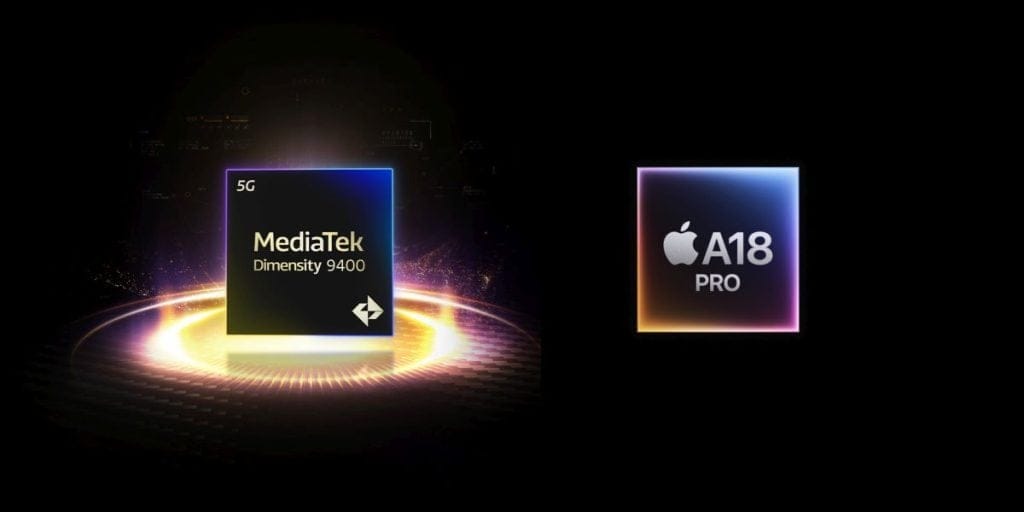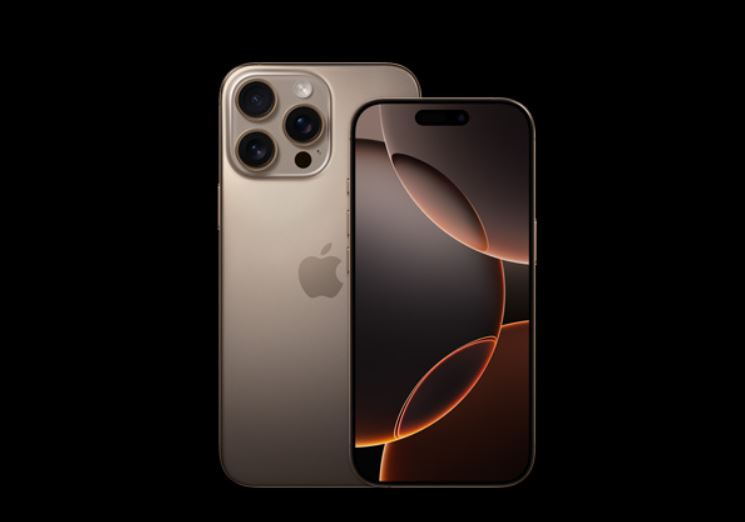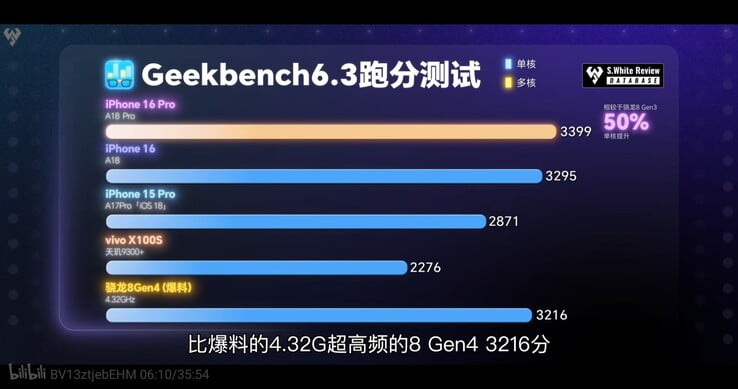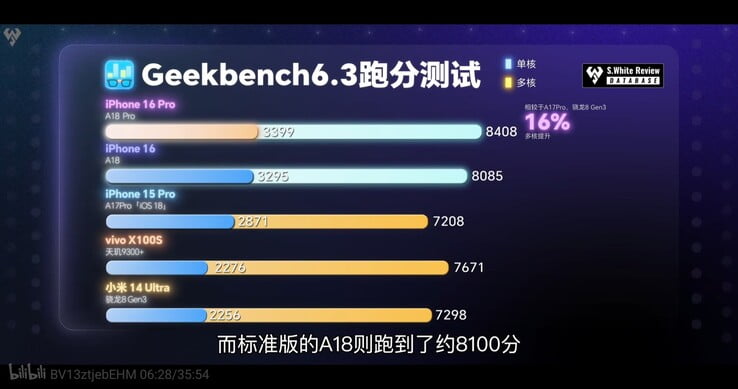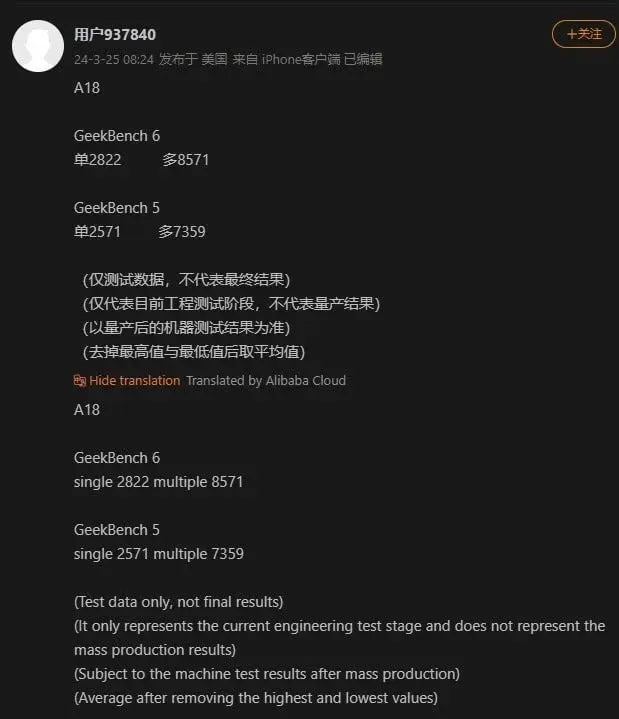Key Takeaways
1. Apple is developing a budget-friendly MacBook priced between $599 and $699, significantly lower than the MacBook Air starting at $999.
2. The new MacBook is expected to run on an A18 Pro chip, the same chip used in the iPhone 16 Pro models.
3. A 12.9-inch display is anticipated for this affordable MacBook, following predictions from industry analyst Ming-Chi Kuo.
4. Mass production of components is projected to begin in the third quarter of 2025, with a possible release in late 2025 or early 2026.
5. The introduction of this budget MacBook may be a strategy to counteract rising prices due to inflation and provide more affordable options for consumers.
Apple is reportedly gearing up for an interesting update to the M5 MacBook that might delight its fans. Rumors suggest that the tech giant is working on a budget-friendly MacBook to complement its standard MacBook Air and Pro models. This particular version might run on a mobile System on Chip (SoC).
Affordable Options Coming Soon
Digitimes has confirmed the development of this new budget MacBook and has shared several details. The new “ultra-low-cost” MacBook could be priced between $599 and $699, which is significantly lower than the starting price of $999 for the 13.6-inch MacBook Air M4 (available on Amazon).
How Apple Is Lowering Prices
So, how is Apple managing to offer such a lower price? It appears to be utilizing a mobile SoC.
In line with earlier reports, Digitimes states that this affordable MacBook will be equipped with an A18 Pro chip. This is the same chip that powers the iPhone 16 Pro and iPhone 16 Pro Max. Additionally, Apple is expected to use a 12.9-inch display for this budget-friendly MacBook, aligning with Ming-Chi Kuo’s predictions made in June.
Production Timeline and Market Strategy
Digitimes notes that mass production of components for this new MacBook could begin in the third quarter of 2025, which might lead to a release in late 2025 or early 2026. This timeline is consistent with what Ming-Chi Kuo has stated; he also mentioned that production for the affordable MacBook could kick off around the same period.
So, what’s driving Apple to alter its successful MacBook Air and MacBook Pro strategy? According to Digitimes’ Senior Analyst Jim Hsiao, introducing a MacBook priced at $599-$699 could be a strategy to counterbalance the rising prices of the MacBook Air due to inflation. This could imply that Apple might raise the price of the base MacBook Air M5, prompting them to create a budget option for those who can’t afford the potential $1,000 price tag of the regular MacBook Air.
Conclusion: A Positive Shift for Consumers
Regardless of the final outcome, it’s thrilling to hear that Apple is finally looking to reduce MacBook prices. This is an area where Apple has been lacking, as the company doesn’t currently offer a comprehensive MacBook in the $500-$700 range.
Source:
Link


